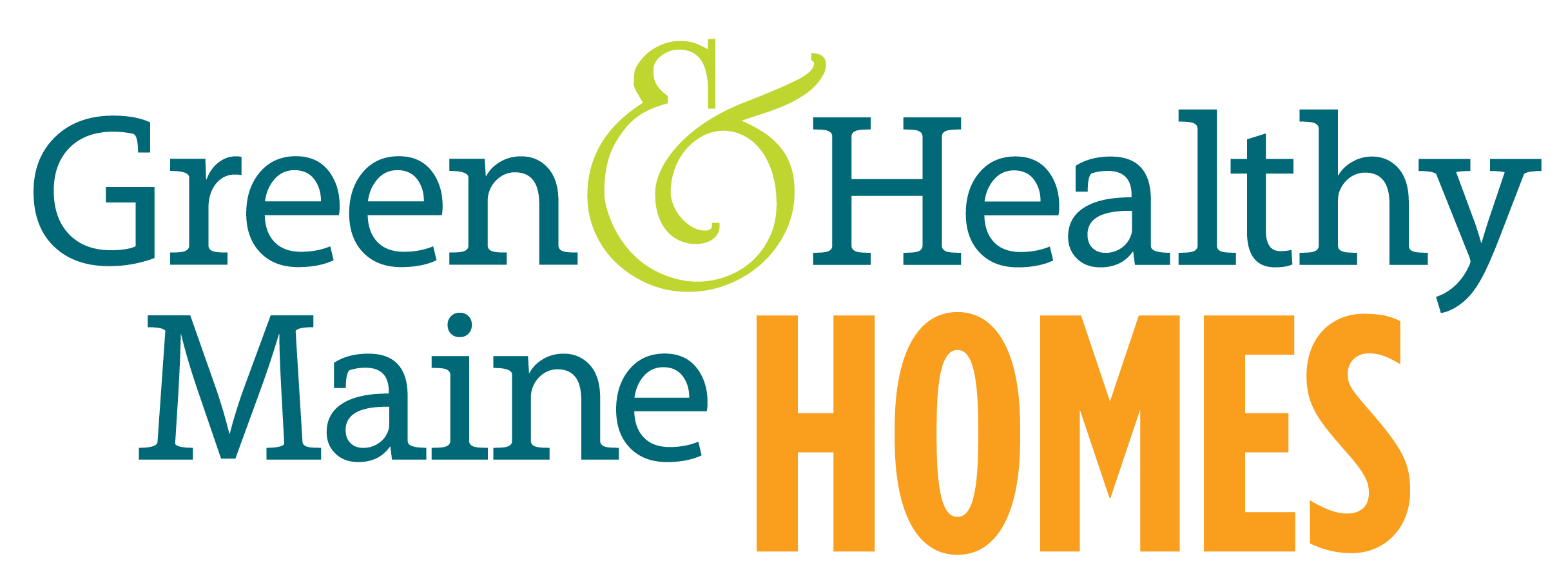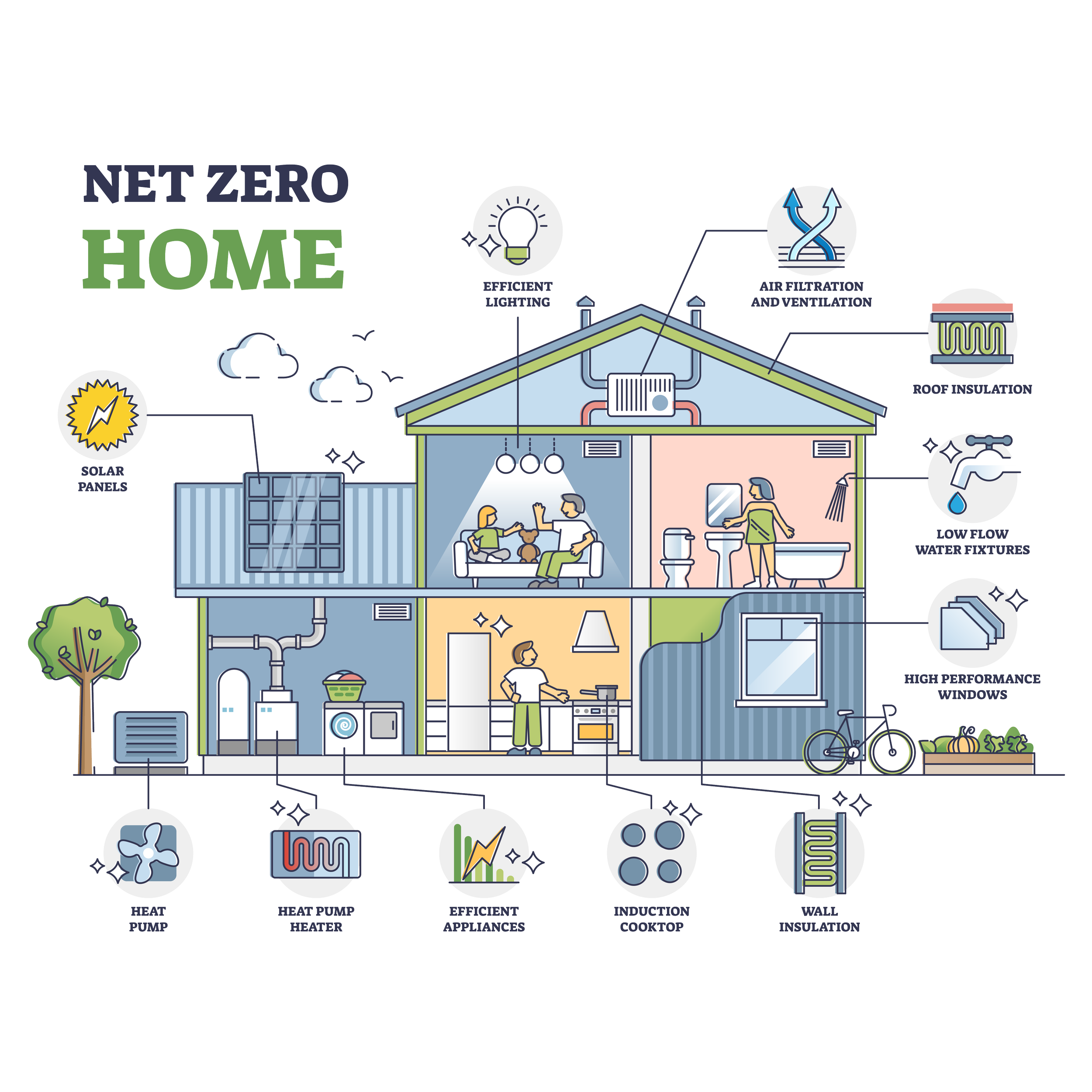The True Cost of Living in Maine
The green Real estate dispatch
By Julia Bassett Schwerin, Maine Green Broker
HOME OWNERSHIP IN MAINE is part of the cost of living for many full- and part-time residents. The median home price across the state is now $383,000, up 9.4% from $350,000 this time in 2023. The market is showing signs of cooling: homes lingering a few more days on market, getting a bit less than asking price rather than over, and brokers sending other brokers flyers with “price improvement” in large type—yet 2.3% more homes were sold in the first half of 2024 than in the first half of 2023 (Source: MaineListings). Mortgage interest rates have risen by a factor of 2.5 since 2021. That, combined with lower rates of new construction since the Great Recession in 2008, contributes to a smaller supply or inventory of homes for sale. Meanwhile, there’s an increase in demand from remote professionals choosing “The Way Life Should Be” and boomers deciding to spend retirement in Vacationland. As buyers are increasingly stretched thin to come up with a down payment and qualify for mortgage expenses, they are thinking almost exclusively about the direct cost of living in a house: principal, interest, taxes and insurance (PITI). This is the figure a lender quotes you for the house you are in love with and the one they use to calculate your debt-to-income ratio, or how much you can afford to spend on housing. What the lender doesn’t take into account in the true housing cost of living are operating expenses. The mortgage PITI consists of fixed expenses, principal and interest, and variable expenses, taxes and insurance. Operating expenses are the cost of utilities while living in the house, including water and sewer, electricity and fuel. Homeowners have little control over PITI expenses and, likewise, the cost of water and sewer. However, energy expenses can be lowered by economizing, weatherizing and switching from fossil fuels to electric alternatives.
In Maine, 60% of homes heat with oil and kerosene, 19% with propane and natural gas and 11% with electricity, for a total of 79% of homes heating with fossil fuel, according to the MaineGovernor’s Energy Office Maine Won’t Wait report. This can be quite expensive. The average price of oil in Maine in August was $3.46 per gallon. For a typical Maine home using 1,000 gallons per year, that will cost $3,460 a year, or an extra $288 per month that buyers may not be budgeting for. Consider an older Maine home built before there were building energy codes; this home will use a much higher than expected amount of fuel. Combine that with a borderline borrower who just barely qualifies for this purchase, and you have the potential for a house-burdened budget situation.Not only do lenders fail to account for the true cost of living, so do market researchers. The website World Population Review culls data from a variety of sources into secondary market research as a for-profit organization. Their Cost of Living Index by state ranks Maine as above average in all categories except health care. But their housing index is separate from their utility index, where fuel bills are grouped with internet and cable. The source they use for the utility bills, Move.org, only counts natural gas as a heat fuel with electricity. That doesn’t show the full statewide picture: natural gas is available only in the Portland metropolitan area and a few other places on the I-95 corridor. Oil, kerosene and propane need to be accounted for, too. The Seller’s Property disclosure is a valuable resource that must be better documented to protect consumers. All parties—sellers, seller’s agents, buyers and buyer’s agents—need to advocate for accountability in the fuel usage field of this document.
Realtors who are buyer’s agents will point out to the buyer the fuel usage, typically displayed on the Seller’s Property Disclosure in gallons or other quantity rather than dollars. But sometimes the data doesn’t tell the whole story. Perhaps the owner did not live there or is not the one filling out the disclosure. Maybe a tenant is paying the utilities, and neither the seller nor their agent or the buyer’s agent succeeded in obtaining information on utility costs from tenants. In such rare cases, a buyer should advocate for this information because it will make their budgeting realistic and allow future energy efficiency measures to be gauged for return on investment. Ask if the estimated cost of electricity for heat pumps is from the electric bill or if you can contact the tenant to ask about fuel costs. The operational cost of energy may not typically be included in calculations of the cost of homeownership, but it should be. Understanding operational costs as part of the true price of a home purchase will enable you to create an accurate budget and avoid a potentially stressful financial situation. The value of investing in energy efficiency is apparent. Not only will you pay less in energy costs, you’ll also reduce your reliance on fossil fuels.
Read more: Green Real Estate Dispatch
This article appeared in the Spring 2024 edition of Green & Healthy Maine HOMES. Subscribe today!
Find Maine experts that specialize in healthy, efficient homes in the Green Homes Business Directory.









